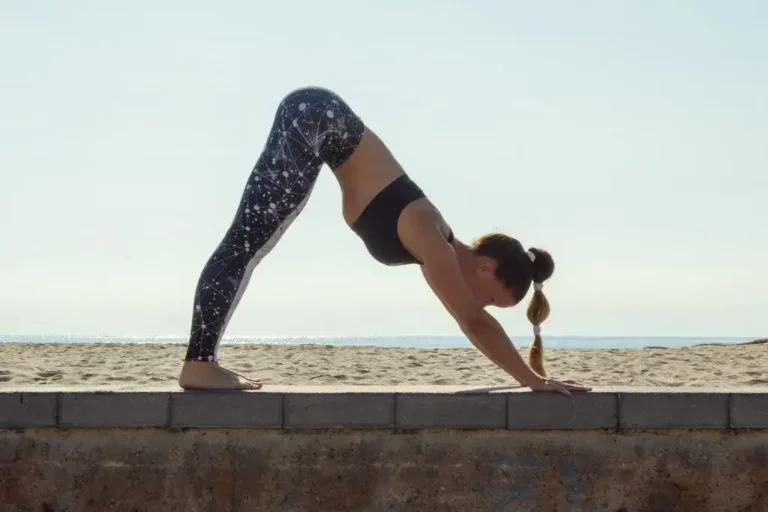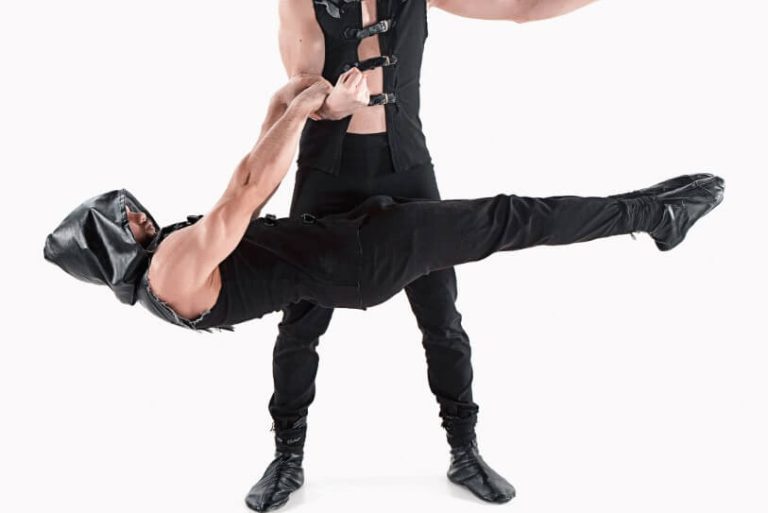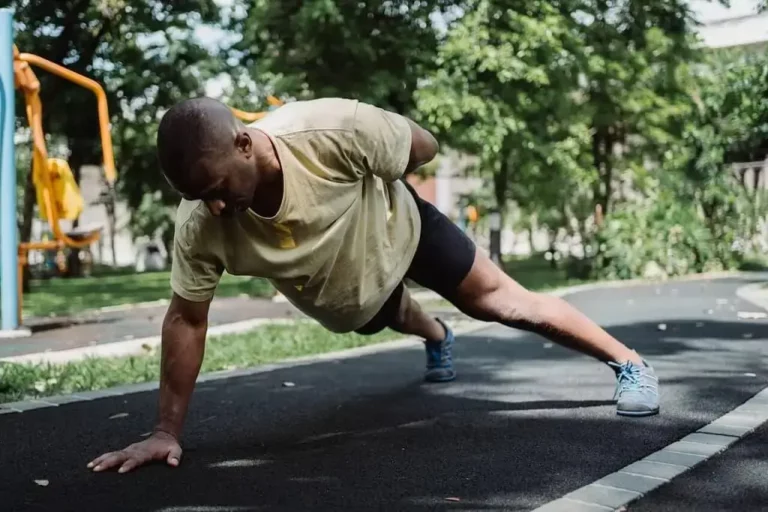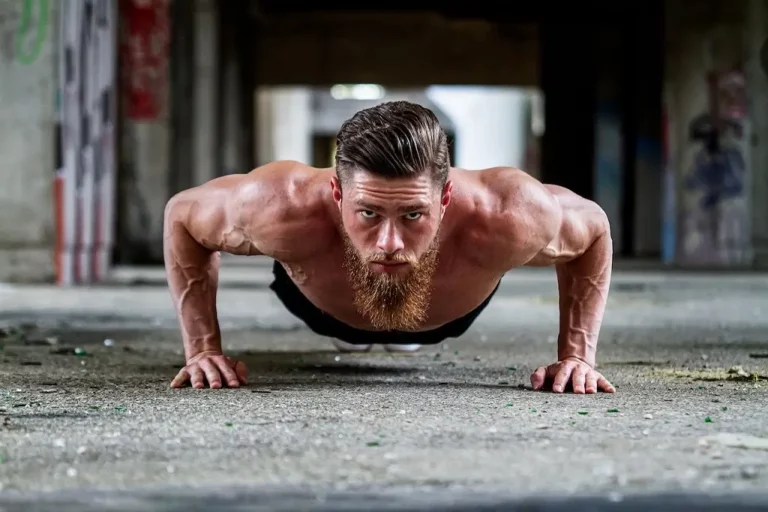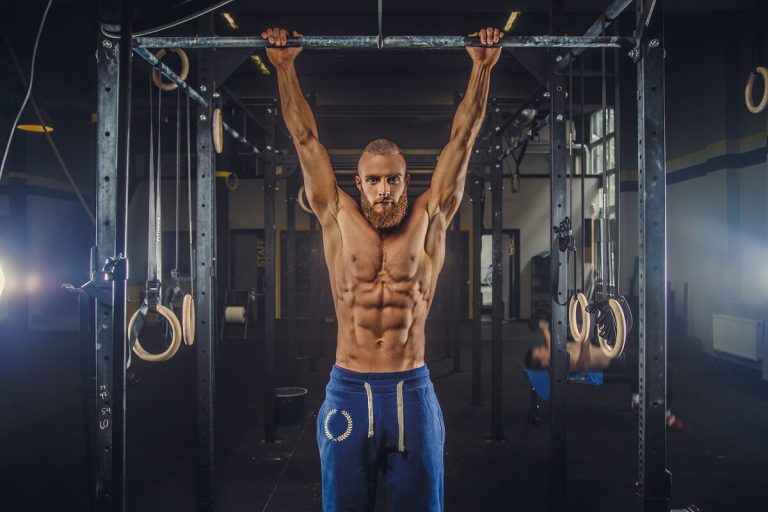Front Lever – Excellent For Developing Core, Arms And Back
The front lever is one of those impressive calisthenics skills that will keep you busy for quite a while. It’s hard to achieve but a worthwhile goal in your fitness journey.
It will require significant core, arms, and upper back strength. You will not need any special flexibility. Just brute strength.
Getting good with pull ups and core exercises like dragon flags is what is needed to be able to master this tough skill. If you are good with chest to bar pull ups and leg raises, you are well on your way to conquering this hard exercise.
As always, you are not going to do it without any preparation. There is a front lever progression you can follow step by step. It will lead you from easier skills like knee raises all the way up to various variants of front lever holds.
What is a front lever?
This is the hardest exercise in a front lever progression. It will help you build serious strength in your upper back, abs, arms, and shoulders.
This skill is done by holding a specific position. It’s called an isometric hold.
You will be hanging from a pull up bar with your entire body in a straight line parallel to the floor. Your arms should hold your entire body weight in this position.
Even though this skill seems simple, it’s very hard to do and will need a lot of strength. You will need to work on it for an extended period of time.
But the time you set aside for building up this skill will be well spent. The strength you gain from working on it will be well used in other pulling exercises.
Front lever difficulty
In gymnastics, this exercise has an A difficulty rate. The difficulty is rated from A to F. A is easiest and F hardest.
But, don’t let this difficulty score fool you. It will not be easy to get the level of strength needed to perform it.
This is true to a great degree for people leading a sedentary life.
You should also note that this same exercise had a higher difficulty score in the 1960s when gymnasts were taller. So if you are tall, the lever will be longer. Which in turn means this skill will be harder for taller people.
Benefits
Working on this skill will help you improve the strength of your core, your upper back, and your rear delts (the back part of the shoulder muscles).
It will also help you improve your grip strength.
The benefits you get from the front lever will be useful in other pulling skills and progressions. So, the strength you gain from working on this skill will be useful if you are also working on your pull ups and muscle ups.
This skill looks like a reverse planche. This makes those two skills great to combine in one training session. The front lever will work the back and planche front of your body muscles.
Front lever muscles worked
This is a hard skill testing your entire body’s strength. It will primarily work your upper back, arms, core, and rear deltoids.
Front lever muscles worked:
Primary
- Latissimus dorsi
- Rhomboid
- Teres minor
- Rear deltoid
- Abs
- Triceps
Secondary
- Chest
- Lower back
- Forearm muscles
- Glutes
Prerequisites
If you are able to do a straddle version, you can work on a full front lever. But, you can start working on a front lever progression without any prerequisites.
You will start with lying knee raises and tuck hollow holds. Those exercises are fairly easy to do. So, you can start without any prior preparation.
How to perform a front lever
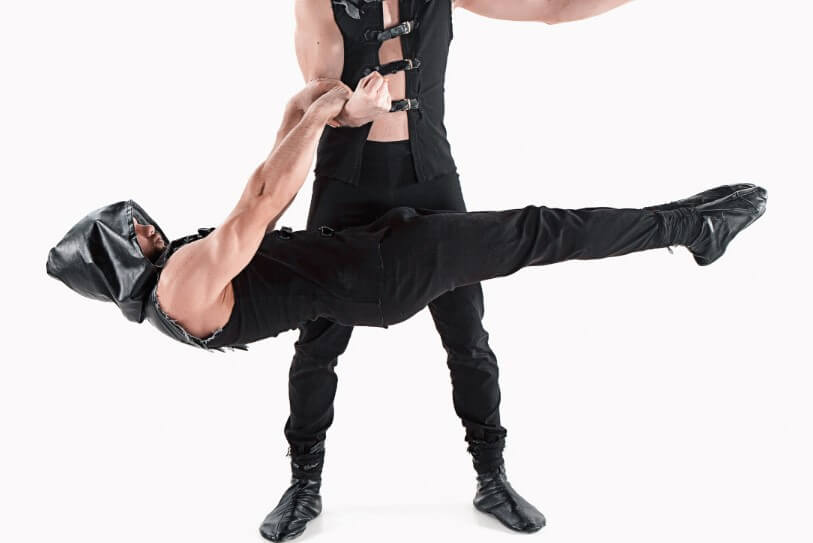
Positioning:
This exercise can be done on a high pull up bar, dip bars, rings, or a low bar. The easiest way to position yourself will be on a low bar and dip bars.
On low bars, you will simply lay under the low bar. Then you grab a bar and pull your butt and feet off the floor.
On dip bars, the easiest way to position yourself will be by holding dip bars. You would kick your legs up with your knees tucked until you are upside down. After that, you lower your back until it’s parallel to the floor and extend your legs forward.
Positioning on rings will be similar to positioning on dip bars.
If you want to do a front lever on a high bar, you should get to a front lever position by lowering yourself from a vertical hold. The other way to do this is by raising your legs and butt up in the air until they are parallel to the floor.
Easier variants will be by lowering down and harder by raising up.
Performing:
When you are positioned by holding a bar, rings, or dip bars with your arms straight and your entire body parallel to the floor, you are in a front lever position.
Hold this position as long as you can. Aim to hold for 10-15 seconds if you can.
Front lever progression
The path to a full front lever is long. You will need to slowly work on the strength of your core and back muscles at the same time. So, this might take a while. If you are patient, you will get there.
Here are some exercises you may try before trying this demanding skill:
- Lying leg raise
- Hanging leg raise
- Toes to bar
- Tuck front lever
- One leg front lever
These exercises are just a few excerpts from a complete progression. You would benefit from going through the progression from the beginning to the end.
Despite the current level of strength, you can easily find the skill in a progression that is the most suitable for you to start with. Basically, this will be the exercise you can do in 3 sets with 5-8 reps in each set.
Key takeaways
The front lever is a great skill for building your arm, core, and back muscles. You will need serious strength to be able to pull it off.
The benefits you get from working on this skill will help you progress faster with other pulling exercises and progressions.
Front lever and planche are great skills to combine in one workout session. This is because they work opposite sides of your body.

